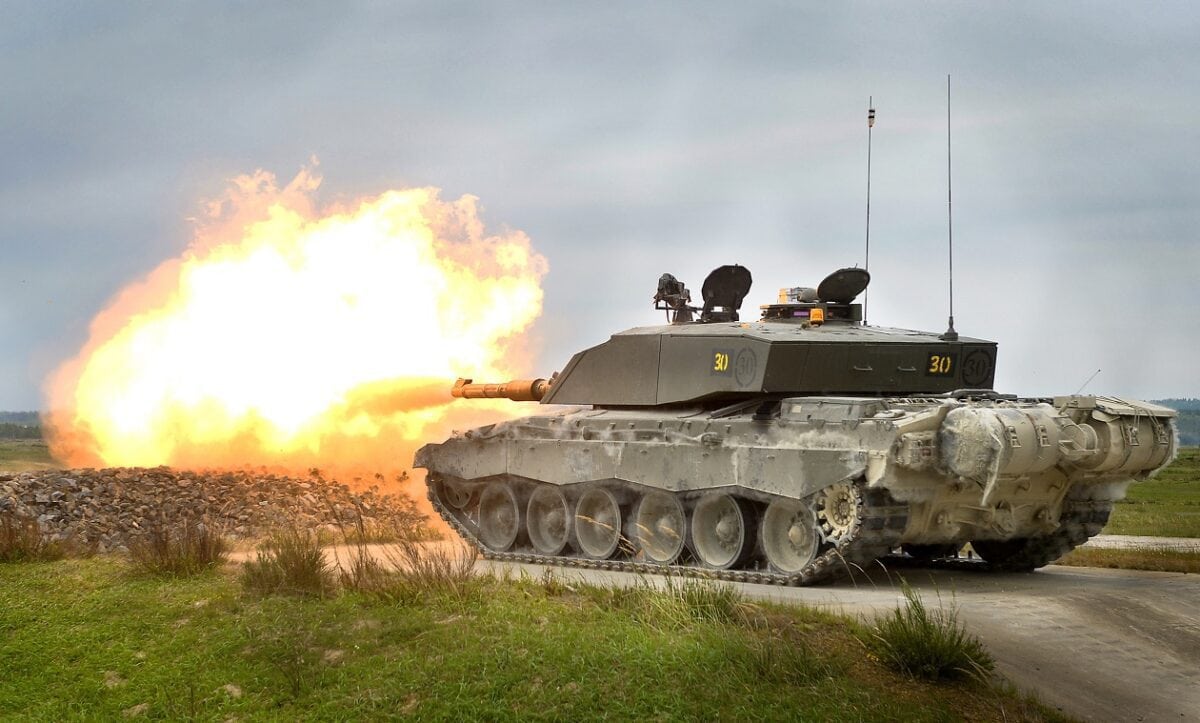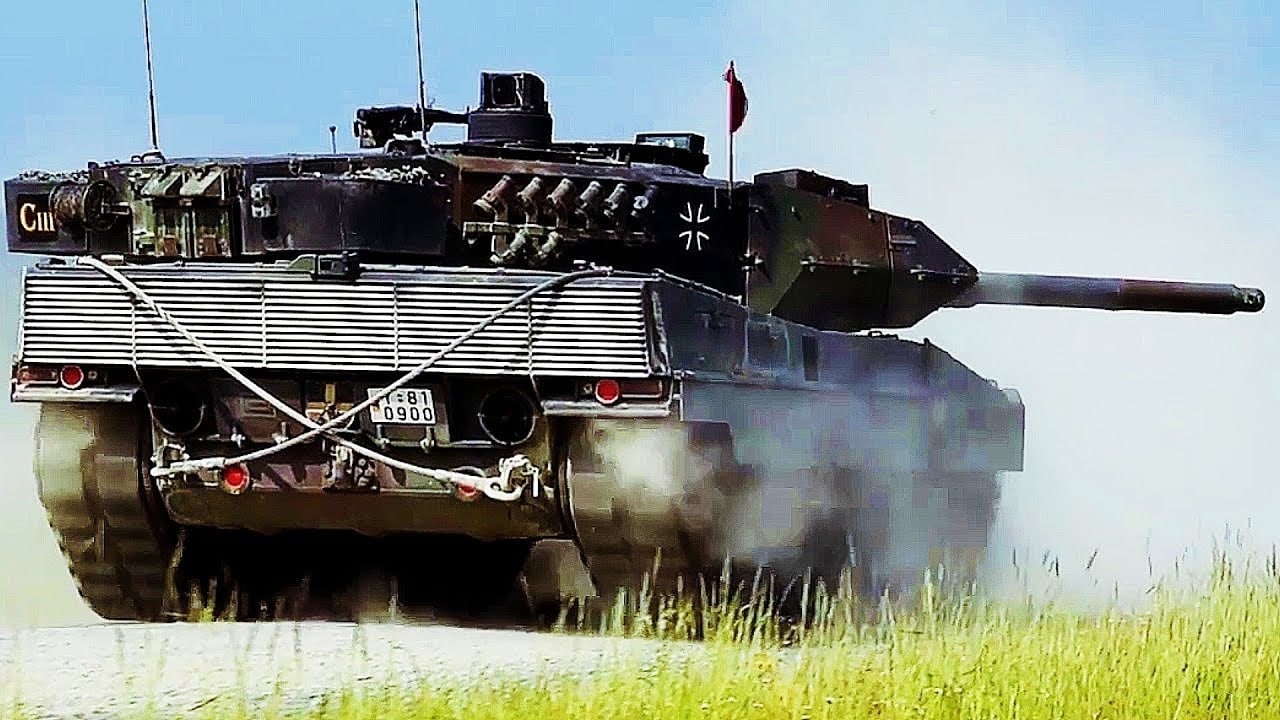One of the biggest unintended consequences of the Russian invasion of Ukraine was the strengthening of the NATO transatlantic military alliance.
This time last year, few would have thought that in the span of 12 months, there would be a surge of spending and commitment to spend on defense by the NATO member states and that Finland and Sweden, both long bastions of non-alignment, would have applied for membership at the transatlantic military alliance.
NATO Spending
But a healthy and strong NATO requires sufficient spending by its member states. The often-cited requirement of 2 percent of a country’s gross domestic product is met by only a handful of NATO member states. In the very recent past, the numbers were disheartening.
“I know that there’s been a lot of discussion about defense spending within NATO recently, so let me just say that spending two percent of GDP is a floor, and not a ceiling, in my view. And it’s also important to increase the amount of common funding so that our net — NATO has the resources that it needs to accomplish the task our leaders have assigned us. And we fully support your efforts and applaud your efforts to ensure that NATO has the resources that it needs,” U.S. Secretary of Defense Lloyd Austin said in a joint press conference with NATO Secretary-General Jens Stoltenberg.
In the very recent past, the numbers were disheartening. For example, in 2017, only four NATO member states spent at least 2 percent of their gross domestic product on defense: the United States (3.6%), Greece (2.4%), the United Kingdom (2.1%), and Poland (2.0%).
But these numbers have begun to shift considerably. In 2021, ten NATO member states spent more than 2 percent of their gross domestic product on defense. Here is a list of the ten countries that spend the most according to their economic strength.
- Greece — 3.82%
- United States — 3.52%
- Croatia — 2.79%
- United Kingdom — 2.29%
- Estonia — 2.28%
- Latvia — 2.27%
- Poland — 2.10%
- Lithuania — 2.03%
- Romania — 2.02%
- France — 2.01%
“I agree with you that two percent is a minimum, and therefore, we need to make sure that we continue to ensure that NATO Allies are investing more. And across Europe and Canada, we have seen now seven consecutive years of increased defense spending and more and more Allies are meeting the two-percent guideline — the guideline of spending two percent of GDP on defense,” Stoltenberg said.

Maj. Barak Amundson and 1st Lt. Matthew Scott, 493rd Expeditionary Fighter Squadron pilots, fly over Lithuania during a training mission with the Lithuanian air force April 23, 2014. The 48th Air Expeditionary Group has been conducting the Baltic Air Policing mission here since January and will be handing over the mission to the Polish air force at the beginning of May. (U.S. Air Force photo by Airman 1st Class Dana J. Butler/Released)

A Challenger 2 main battle tank (MBT) is pictured during a live firing exercise in Grafenwöhr, Germany.
Exercise BAVARIAN CHARGER was the first of three large contingency operation exercises being undertaken by 20th Armoured Brigade between May October 2013. Contingency Operations training is known as Hybrid Foundation Training or HFT.
The aim of this exercise was to train the 5 Rifles, The Queens Dragoon Guards (QDG) Battle Groups and 1 Logistic Support Regiment in combined arms manoeuvre.
A Class Of Its Own
In total numbers, the U.S. outspends every other NATO member state, and indeed a nation in the world. With a defense budget of over $800 billion, the U.S. spends more than the next nine countries combined, which figure includes near-peer competitors, such as China and Russia, and close allies, such as France, Japan, Germany, and the United Kingdom. At the end of the day, the U.S. defense budget reflects the global commitments of the U.S. military.
1945’s New Defense and National Security Columnist, Stavros Atlamazoglou is a seasoned defense journalist specializing in special operations, a Hellenic Army veteran (national service with the 575th Marine Battalion and Army HQ), and a Johns Hopkins University graduate. His work has been featured in Business Insider, Sandboxx, and SOFREP.

